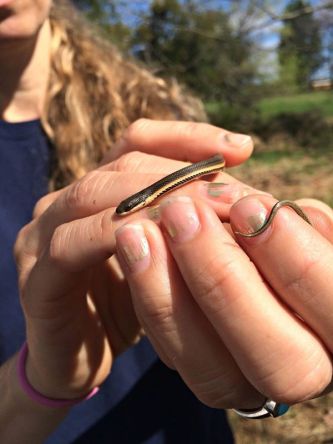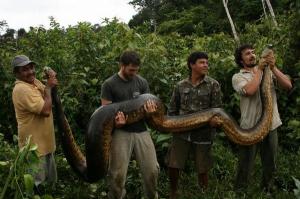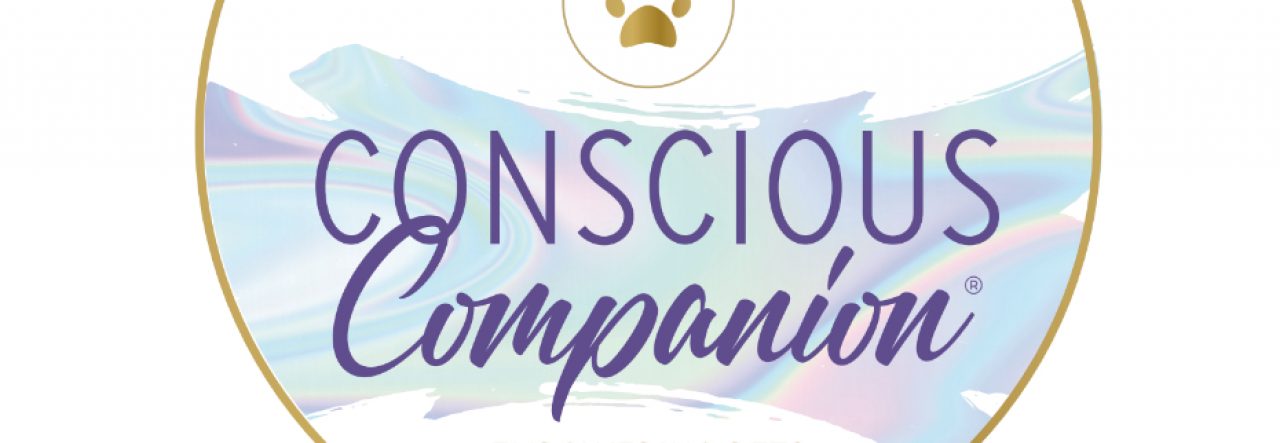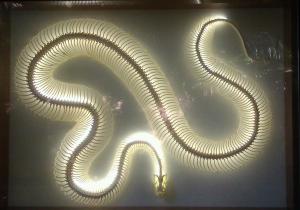People fear what they don’t understand and hate what they can’t conquer. ― Andrew Smith
July 16, 2015
My heart is so happy right now. -Our social media news feed has been overtaken with posts about snakes! But the posts are not snake-hating posts; they’re posts from snake savvy people who absolutely adore these magnificent, valuable, and misunderstood species.
They’re posting about snakes today because it’s World Snake Day!
Snakes (like most reptiles) are one of the most misunderstood and least researched animals in the world. Before you decided to disengage from this article, please give me just a few minutes of your time. It’ll be worth it. And one thing is for sure: You’ll learn something new! And, if you are lucky enough, you might see snakes in a new light by the time you are done reading this.

If you have been following this blog, you know that I usually discuss companion animal topics, but I have a secret: Reptiles are my passion. When I see a snake, toad, frog, turtle, or lizard my entire being lights up with glee. While others are screaming and running away, I am trying to figure out how I can get closer to the animal without freaking him/her out! I know that might seem crazy to many, but if you have been in my shoes you would feel this way, too.
I have worked with snakes for nearly 20 years. I was indifferent to them prior to this, but things change after 20 years of educating and research. After working with exotic and domestic snakes, venomous and nonvenomous, boas and pythons, constrictors and prey chasers, common and critically endangered, captive and wild, I saw every species of snake in a new light. Each snake taught me something new and captured my imagination.
I would like to share some of this with you.
During my career with snakes one of the most amazing things I was able to coordinate and witness still warms my heart. Youth and adults (many who were once afraid of snakes) learned to love and respect them. Then, if that wasn’t amazing enough, I watched these youth and adults share their love and appreciation of snakes with strangers.
These mini miracles happened at The Audubon Nature Institute in New Orleans, Louisiana.

In a very special area of the Audubon Zoo, called Discovery Walk, we focused on educating the public with facts not fear. And since most people are scared of anything that slithers, snakes were the perfect teachers. Some snakes were common snakes you could find in your backyard, and some were critically endangered. Our collection of public education snakes were animal ambassadors. They were the voice (and face) for snakes all over the world.
My volunteers and interns learned how to care for each snake in our collection, they learned each snake’s temperament, and learned how to safely handle the snakes. They learned how to transport snakes on outreach programs, how to recognize when the snake was stressed, and when the snake was having a really good time!
Yes, you read that right; snakes can have good times! In fact, snakes are very sensitive to our emotions, our moods, how we are feeling one day to the next, and our scents. Some of our snakes even had a favorite handler!
Snakes are not the mindless creatures that many believe them to be. In a word, they are spectacular.
Below is a slideshow of images that capture fun-filled education and appreciation of the species of snakes in our ambassador program.
(Note: You can see the images & captions better from your computer, not on your mobile device).
“Nothing in life is to be feared, it is only to be understood. Now is the time to understand more, so that we may fear less.”― Marie Curie
There are so many ridiculous myths out there about snakes. And honestly, fear is at the heart of these misconceptions. The initial reaction when someone finds a snake is to kill it. People do this because they are afraid. So I am going to share a few snake facts with you today, in honor of World Snake Day, to help people to not be so afraid.
Let’s Remove Fear and replace it with Facts!

Snake Stats:
- “Squamata” means scaled reptiles.
- Squamata is the largest order of reptiles, comprising all lizards and snakes.
- Worldwide, there are about 3,000 species of snakes.
- Snakes are on almost all continents except Antarctica, Iceland, Ireland, and New Zealand.
- A true fear of snakes is known as ophidiophobia
- Only about 15% of snakes worldwide can do actual harm to humans.
- Only about 1/4 of all snakes are venomous.
- There are hundreds of snake species in the U.S. but about 90% of them are non-venomous. Only 10% have venom!
- Snakes are not “poisonous”. Snake can be venomous. Poison and venom differ in the method of delivery. Poison is ingested orally or absorbed; venom, is injected. There are no “poisonous” snakes.
- The venom gland is a modified salivary gland, and is located just behind and below the snake’s eye. The size of the venom gland depends on the size of the snake.
- Venom is a protein. In fact, it is a very precious resource to snakes. This protein exists to subdue their prey (not to inject into humans!) Snakes do not want to waste this precious resource on us.
- This is why over half of the snake bites that people receive from native venomous snakes are “dry bites”, meaning no venom is injected into the person.
- Venom delivery is voluntary — snakes squeeze their venom glands with muscles to deliver venom. All venomous snakes could deliver dry bites.
- Some snakes, like the Coral snake deliver venom to their prey (other snakes) by chewing on the snake. They use teeth in the back of their mouth to deliver the venom. Coral snakes are extremely reclusive and are not aggressive towards anything except their prey! In fact, no deaths from coral snake bites have been reported in the U.S. since 1967.
- You are 9 times more likely to die from being struck by lightning than to die of venomous snakebite.

- A snake will bite a person (and other perceived threats) as an absolute last resort. They depend on camouflage and retreat as their preferred method of avoiding threats. When someone is bitten by snake, it is always the persons fault. Always. And many times it could have been avoided. I have worked with hundreds of snake species over the years, but have only been bitten 3 times. Every single time it was my fault.
- Snakes try to avoid human contact. Wild snake bite incidents occur when humans inadvertently step on or otherwise disturb the peaceful creatures.
- Snakes (and other reptiles) allow more energy to remain in the food chain compared to mammals and birds. Snakes can convert 10 times more of their food to actual biomass (instead of losing it through metabolism).
- Snakes’ presence is important for healthy ecosystems as they are predators as well as prey for other species.
- One of the most vital roles that snakes hold is their position in the food chain. As voracious predators, snakes provide an indispensable contribution to human survival. If snakes were to disappear, we would be besieged with vermin, pestilence, plague and crop destruction within a matter of months.
- Snakes are important to our medical advancements: Medicines for heart disease and diabetes were derived from snake venom. And new treatments for cancer, autoimmune diseases, and pain management are currently being developed using proteins and peptides in venom toxins.
- Copperhead venom has cancer-fighting abilities and is being tested to treat breast cancer and other forms of cancer: The vemon has a protein that inhibits the growth of tumors and growth of blood vessels into tumors without damaging healthy tissues.
- The IUCN (International Union for Conservation of Nature) estimates that about 28% of snakes are threatened.
- 1 in 4 snake species are threatened worldwide.
- 12 snake species are listed as Threatened (9 species) or Endangered (3 species) in the U.S.
- Sea snakes are now critically endangered due to over fishing and habitat loss.
- 1.5 – 2.5 million snakes are killed for the skin trade yearly. Even with their skins removed, they can live on in agony for days and days before dying. ~ Eden Bio-Creations, LLC © 2015
- Some snakes, like our native endangered Indigo Snake, is carefully linked in life to other endangered species, including mammals, birds, amphibians and tortoises!
- Conservationists believe that habitat destruction and climate change are to blame for snakes’ declining numbers.
- The Louisiana pine snake is the rarest reptile in the United States, and the first and only SSP for a continental U.S. reptile. I published a paper about this amazing research. You can read my full published paper here. You can view my presentation here.

Snakes are not the malevolent creatures portrayed in the Bible. Over time, they have become convenient victims of superstition, bad movies and the anthropomorphic misassumption that animals can be evil. It is entirely possible that if Satan had appeared to Adam and Eve as a squirrel, humans today would try to justify an irrational fear of squirrels.
Snakes Need Compassion and Conservation.
Snakes deserve much credit for the invaluable role they play within ecosystems, including the ones in our backyards! Focusing on facts –not fear, can help raise awareness and support to better understand these misunderstood species. Jul 15, World Snake Day, is a opportunity to see these animals in a new light, and to gain respect for them. Let’s remove our fears and illusions about snakes. Let’s help our fellow travelers of this Earth gain recognition as a spectacular species.

If you want to join the conversation, please share and use the hashtag #WorldSnakeDay and #CelebrateSnakes365! And Thankssssssssssss for helping to ssssssssave snake speciesssssssss!
Related Recommended Reading
- 10 Things You Didn’t Know About Snakes
- A Field Guide to Reptiles and Amphibians: Eastern and Central North America (Peterson Field Guides)
- My view: World Snake Day is perfect time to ditch prejudices, learn about snakes
- How Do You Make a Pair of Snake Skin Boots Without Killing a Snake?
- An introduction to Eden Bio-Creations. journey to stop the international skin trade, and teach the value of a living snake!
- Managing Uplands with Keystone Species
- Orianne Society
This is dedicated to every snake I have ever met. Thank you for teaching me what I did not know. Thank you for showing me that you are to nothing fear, but a species to be understood and respected. Thank you for showing me that within each species, each one is an individual; each having his or her own personality, preferences, and abilities. May your beauty and gifts be seen by all men one day. May we loose all fear of you and see you with eyes of love.
And thank you, to all of my volunteers, interns, and colleagues. You all were the greatest, most powerful voices for the voiceless. You affected thousands of people’s lives. You were the compassionate educators. You literally saved species. This is dedicated to you as well. All my love.






I love snakes and a lot of the things you said are very good. I have to differ with you on one point though. While snakes that bite you and inject venom are ‘venomous’, there certainly ARE poisonous snakes. At least one snake is both venomous and poisonous. Seriously.
LikeLike
Hey Bill! Yes! you are correct! 99% of snakes are venomous, however A paper published in 2007 documented a “poisonous” snake: the Asian tiger snake (Rhabdophis tigrinus, AKA Keelback, AKA Yamakagashi). And it’s possible that a few other members of the Rhabdophis genus are able to utilize toxins from toads they consume by secreting them from specialized glands in the neck. Snakes of this species that live in toad-free environments don’t have the poison. So it would appear that this species of snake is both a poisonous AND venomous snake! Cheers to snakes! 😉
LikeLike
Here is the abstract if you are interested: http://www.ncbi.nlm.nih.gov/pubmed/17284596
LikeLike
Pingback: Living A Life That’s Golden – Conscious Companion
Pingback: Justifying Judgement or Choosing to Compassionately Face Fears? – Conscious Companion